Human-Made Habitats
Human-made habitats are environments that have been created or modified by humans to meet their specific needs. These habitats can be found in urban, suburban, and rural areas and are designed to provide shelter, food, and other resources for both humans and other living organisms.
Types of Human-Made Habitats
There are several types of human-made habitats, including:
- Urban Areas: Cities and towns are examples of urban habitats. They are characterized by large buildings, roads, and other structures that have been built to accommodate human activities.
- Suburban Areas: Suburbs are residential areas located on the outskirts of cities. They typically consist of houses, parks, and other amenities for human inhabitants.
- Rural Areas: Rural habitats include farmland, villages, and other areas where agricultural and other rural activities take place.
- Industrial Areas: These habitats are characterized by factories, warehouses, and other facilities used for manufacturing and production.
- Aquatic Habitats: Human-made aquatic habitats include fish farms, reservoirs, and artificial ponds or lakes created for recreational or agricultural purposes.
Impact on Wildlife
Human-made habitats can have both positive and negative effects on wildlife. They can provide new sources of food and shelter for certain species, while also disrupting natural ecosystems and leading to the decline of other species.
Study Guide
Key Concepts
- Definition of human-made habitats
- Types of human-made habitats
- Impact of human-made habitats on wildlife
Review Questions
- What are human-made habitats?
- List and describe the types of human-made habitats.
- How do human-made habitats impact wildlife?
Activities
- Visit a local park, urban area, or farm and observe the different human-made habitats in the area.
- Research and create a presentation on a specific human-made habitat and its impact on the local wildlife.
- Discuss the importance of preserving natural habitats and the role of human-made habitats in modern society.
Studying human-made habitats can help us understand the complex relationship between humans and the environment, and how our actions can impact wildlife and ecosystems.
.◂Science Worksheets and Study Guides Fifth Grade. The 6-Kingdoms of life
Study Guide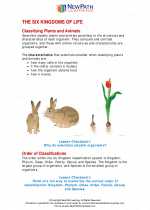 The 6-Kingdoms of life
The 6-Kingdoms of life  Activity Lesson
Activity Lesson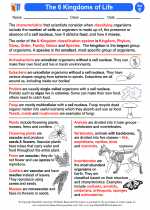 Kingdoms
Kingdoms  Worksheet/Answer key
Worksheet/Answer key The 6-Kingdoms of life
The 6-Kingdoms of life  Worksheet/Answer key
Worksheet/Answer key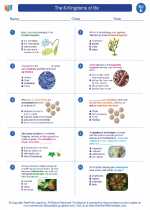 The 6-Kingdoms of life
The 6-Kingdoms of life  Worksheet/Answer key
Worksheet/Answer key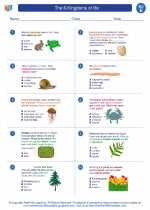 The 6-Kingdoms of life
The 6-Kingdoms of life  Worksheet/Answer key
Worksheet/Answer key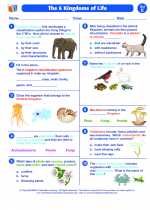 The 6-Kingdoms of life
The 6-Kingdoms of life  Vocabulary/Answer key
Vocabulary/Answer key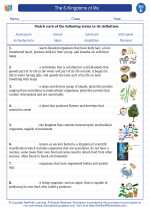 The 6-Kingdoms of life
The 6-Kingdoms of life  Vocabulary/Answer key
Vocabulary/Answer key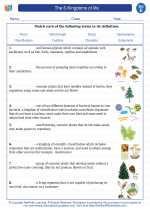 The 6-Kingdoms of life
The 6-Kingdoms of life  Vocabulary/Answer key
Vocabulary/Answer key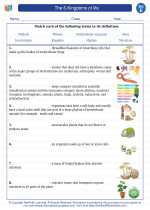 The 6-Kingdoms of life
The 6-Kingdoms of life  Vocabulary/Answer key
Vocabulary/Answer key The 6-Kingdoms of life
The 6-Kingdoms of life 

 Activity Lesson
Activity Lesson
 Worksheet/Answer key
Worksheet/Answer key
 Worksheet/Answer key
Worksheet/Answer key
 Worksheet/Answer key
Worksheet/Answer key
 Worksheet/Answer key
Worksheet/Answer key
 Vocabulary/Answer key
Vocabulary/Answer key
 Vocabulary/Answer key
Vocabulary/Answer key
 Vocabulary/Answer key
Vocabulary/Answer key
 Vocabulary/Answer key
Vocabulary/Answer key

The resources above cover the following skills:
Concepts of Life Science (SC1, SC2, SC3)
The student demonstrates an understanding of the structure, function, behavior, development, life cycles, and diversity of living organisms by identifying and sorting animals into groups using basic external and internal features.